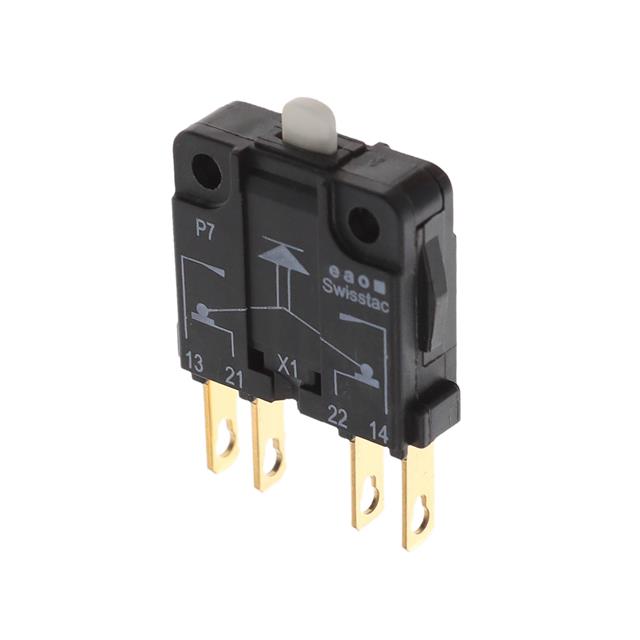55 - Swisstac Series, Configurable Switch Components - Contact Block
Results:
9
Manufacturer
Series
Termination Style
Circuit
Contact Rating @ Voltage
Requires
(Select First, Then Apply Filters) Compatible Series
Results remaining:9
Applied Filters:
55 - Swisstac
About Configurable Switch Components - Contact Block
Configurable switches are versatile electromechanical switch systems that empower users to assemble a switch tailored to their specific requirements. The crucial "Contact Block" components of these systems house the electrical contacts responsible for making or breaking electrical connections, as well as the means by which those contacts are connected to the outside world. While the available contact configurations are typically limited to single or double throw types, they come in a variety of pole counts, normally open (NO) and normally closed (NC) configurations, and combinations thereof. The Contact Block is an essential element of configurable switches, as it determines the electrical functionality of the switch. It consists of a set of contacts that are actuated when the switch is operated. These contacts can be configured in different ways to meet specific application requirements. Single throw (ST) contacts have a single circuit path and can either be normally open or normally closed. When the switch is actuated, the circuit is either opened or closed, depending on the initial state of the contact. Double throw (DT) contacts provide two circuit paths and have three terminals: common, normally open, and normally closed. These contacts offer the flexibility to switch between two separate circuits, allowing the user to choose between different electrical configurations. Configurable switches offer a range of options in terms of pole counts, which refers to the number of separate circuits that can be controlled by the switch. For example, a single-pole switch can control one circuit, while a double-pole switch can control two independent circuits. By selecting the appropriate combination of contact configurations, pole counts, and normally open/closed configurations, users can customize the switch to suit their specific needs. This adaptability makes configurable switches suitable for a wide variety of applications where precise control over electrical connections is required. In summary, configurable switches with Contact Block components provide users with the ability to assemble switches that meet their specific needs. The Contact Block houses the electrical contacts responsible for making or breaking electrical connections. These contacts can be configured as single throw or double throw, with options for different pole counts and normally open/closed configurations. This flexibility allows users to create customized switches suitable for a range of applications where precise electrical control is essential.


